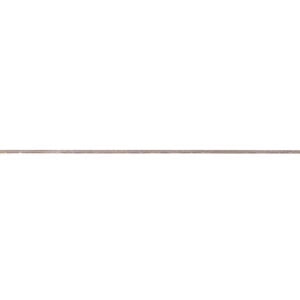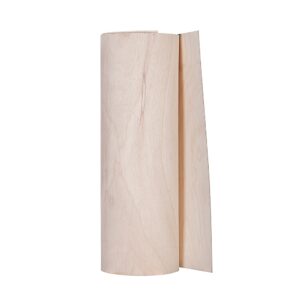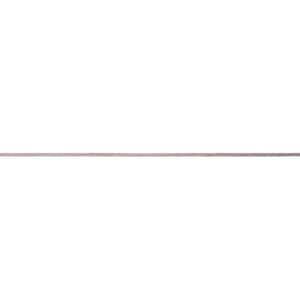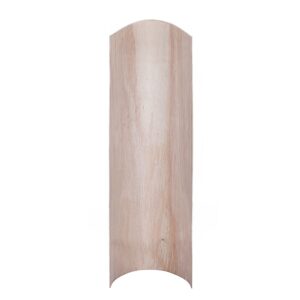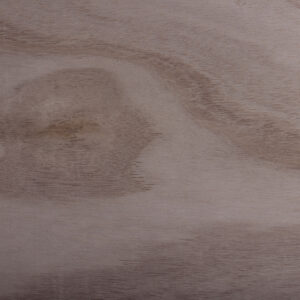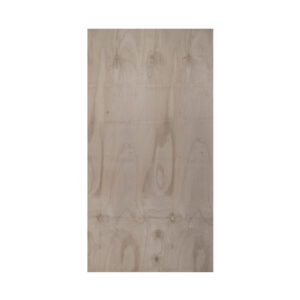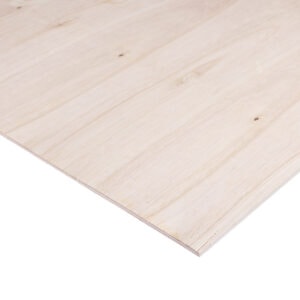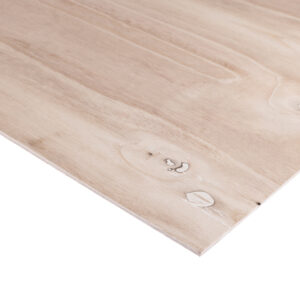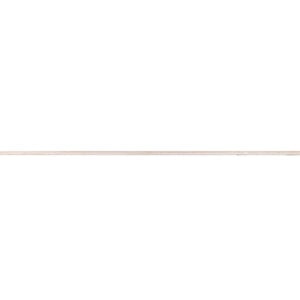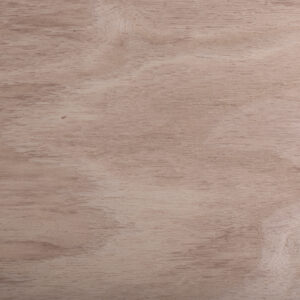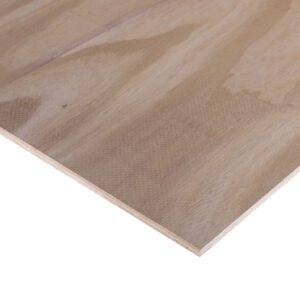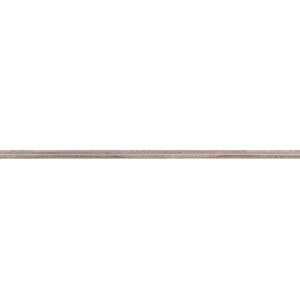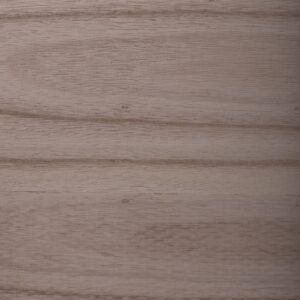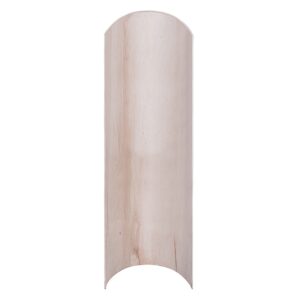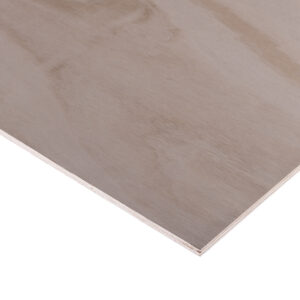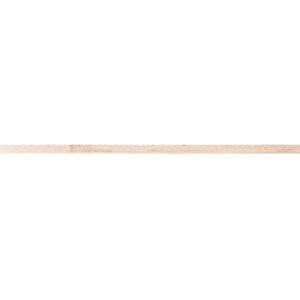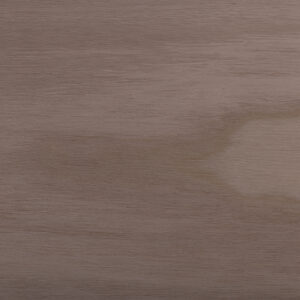Flexible Plywood
Flexible plywood is designed for use in making curved parts. It is a sheet material that was used in furniture making as early as the 1850s. In the U.K, the single-ply sheets of veneer used to fashion stovepipe hats, and to date, some people call the modern, flexible plywood ‘hatters ply.’
What is Flexible Plywood?
Flexible plywood is a form of plywood designed to bend and curve by force. It has a breaking point, like many things. If pressured too hard, the bendy plywood will split. Usually, the flexible plywood sheets resist bending.
To make bendy wood sheets, the crafters make thin plies. The thin plies can manipulate into various curvy forms for a wide variety of uses.
Features of bendy plywood
Usually, flexible plywood has properties that include:
- Availability in both long and short-grain
- Being lightweight as it made from thin sheets
- Having surface faces that are usually smooth on both sides
- Being easy to manipulate and use in several settings that require veneers
The fully exposed flexible plywood sheets must have a surface finishing to ensure no consistency checking or cracking. Usually, without a finish, they can absorb and lose moisture, which eventually leads to cracking.
As with all plywood types, flexible plywood sheets have to be Type A bonded and treated with preservatives to ensure that they last longer and perform well in any condition where they used.
Common uses of flexible plywood sheets
The uses of flexible plywood are vast and vary significantly. Some of the places where bendy plywood is applied include:
- Furniture and cabinetry like curved parts, premium furniture, and custom-made products
- Model and mould-making for creative concepts and prototypes
- Caravan, vehicle, aircraft, naval and railway construction
- Staircases, counters, ceiling lining, and pillars in building interiors
- Formwork in construction
- Exhibitions for demonstrations, models, booths, and displays
The range of applications is vast that we can’t list every place you can use bendy plywood. You can even have custom requirements for positions that you think the flexible plywood sheets would work. Upon request, Sheet Materials Wholesale can make them unique configurations other than what you will find in the market.
Pros
- Versatile applications
- Durable and string
- Resistance to warping, cracking or twisting
- Plywood is cheaper than boards for the same uses
Con
- Because of the thinness, even with finishes, flexible plywood is susceptible to water damage over time.
In Conclusion
The creative ways in which flexible plywood may use are limited only by your imagination. However, they can make many structural and aesthetic features of your home appear much better—everything from chairs and beds to forming a cover for an MP3 player.
The flexible plywood price depends on which types you want and for what purpose. Feel free to ask about any of the available bendy plywood to get the details before purchasing.
Showing all 6 results
-
Buy in Bulk & Save
50-99 100+ £15.83£19.00 £14.95£17.94 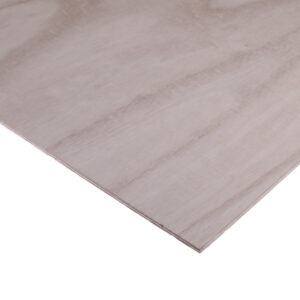 There are 3 more images
There are 3 more images3mm Flexible Plywood Cross Grain 1220mm x 2440mm (4′ x 8′)
A 3mm cross-grain design means that the grain pattern goes across the sheet, and the short edge of the sheet bends to join with the short edge. This flexible plywood panel is commonly called bendy plywood or flexibly, and is used extensively in furniture and shopfitting, wherever curves are desirable, thus demanding a panel that is extremely flexible.
£17.59£21.11 Ex VATInc VAT Add to cart -
Buy in Bulk & Save
50-99 100+ £16.01£19.21 £14.95£17.94 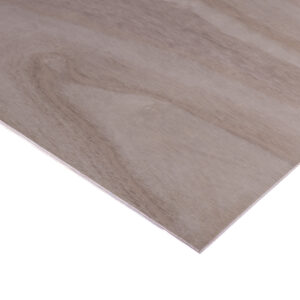 There are 1 more images
There are 1 more images3mm Flexible Plywood Long Grain 2440mm x 1220mm (8′ x 4′)
This flexible 3mm plywood panel is commonly called bendy plywood or flexibly, and is used extensively in furniture and shopfitting, wherever curves are desirable, thus demanding a panel that is extremely flexible.
£17.59£21.11 Ex VATInc VAT Add to cart -
Buy in Bulk & Save
90-179 180+ £21.17£25.40 £20.05£24.06 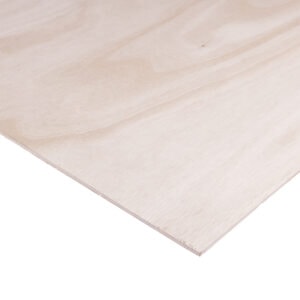 There are 4 more images
There are 4 more images5mm Flexible Plywood Cross Grain 1220mm x 2440mm (4′ x 8′)
A cross-grain design means that the grain pattern goes across the sheet, and the short edge of the sheet bends to join with the short edge. This flexible plywood panel is commonly called bendy plywood or flexibly, and is used extensively in furniture and shopfitting, wherever curves are desirable, thus demanding a panel that is extremely flexible.
£22.28£26.74 Ex VATInc VAT Add to cart -
Buy in Bulk & Save
90-179 180+ £20.75£24.90 £19.66£23.59 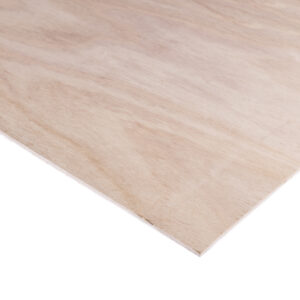 There are 2 more images
There are 2 more images5mm Flexible Plywood Long Grain 2440mm x 1220mm (8′ x 4′)
This flexible plywood panel is commonly called bendy plywood or flexibly, and is used extensively in furniture and shopfitting, wherever curves are desirable, thus demanding a panel that is extremely flexible.
£21.84£26.21 Ex VATInc VAT Add to cart -
8mm Flexible Plywood Cross Grain 1220mm x 2440mm (4′ x 8′)
A cross-grain design means that the grain pattern goes across the sheet, and the short edge of the sheet bends to join with the short edge.
This flexible plywood panel is commonly called bendy plywood or flexibly, and is used extensively in furniture and shopfitting, wherever curves are desirable, thus demanding a panel that is extremely flexible.
Original price was: £33.27 Ex VAT (£39.92 Inc VAT).£31.61£37.93Current price is: £31.61 Ex VAT (£37.93 Inc VAT). Ex VATInc VAT Add to cart -
Buy in Bulk & Save
55-109 110+ £30.96£37.15 £29.33£35.20 There are 2 more images8mm Flexible Plywood Long Grain 2440mm x 1220mm (8′ x 4′)
This flexible plywood panel is commonly called bendy plywood or flexibly, and is used extensively in furniture and shopfitting, wherever curves are desirable, thus demanding a panel that is extremely flexible.
£32.59£39.11 Ex VATInc VAT Add to cart
